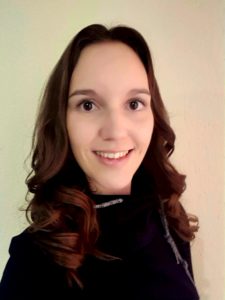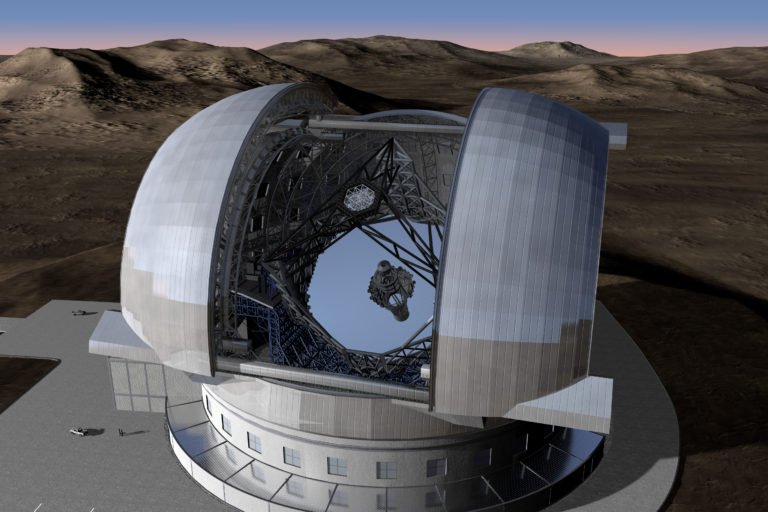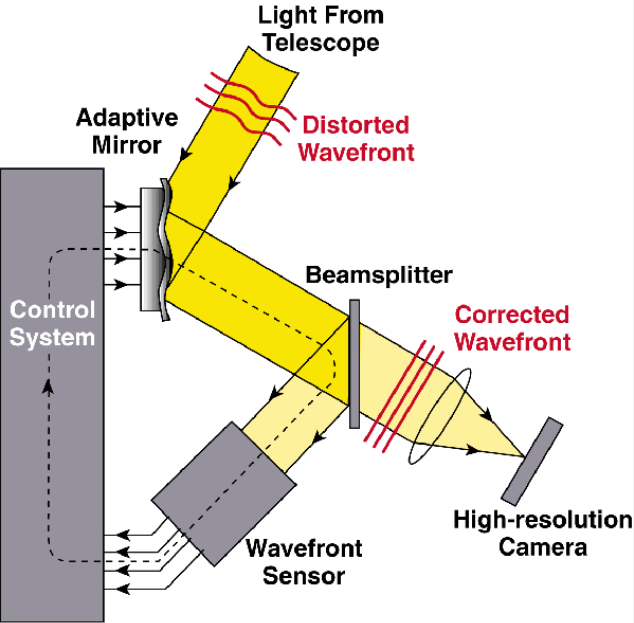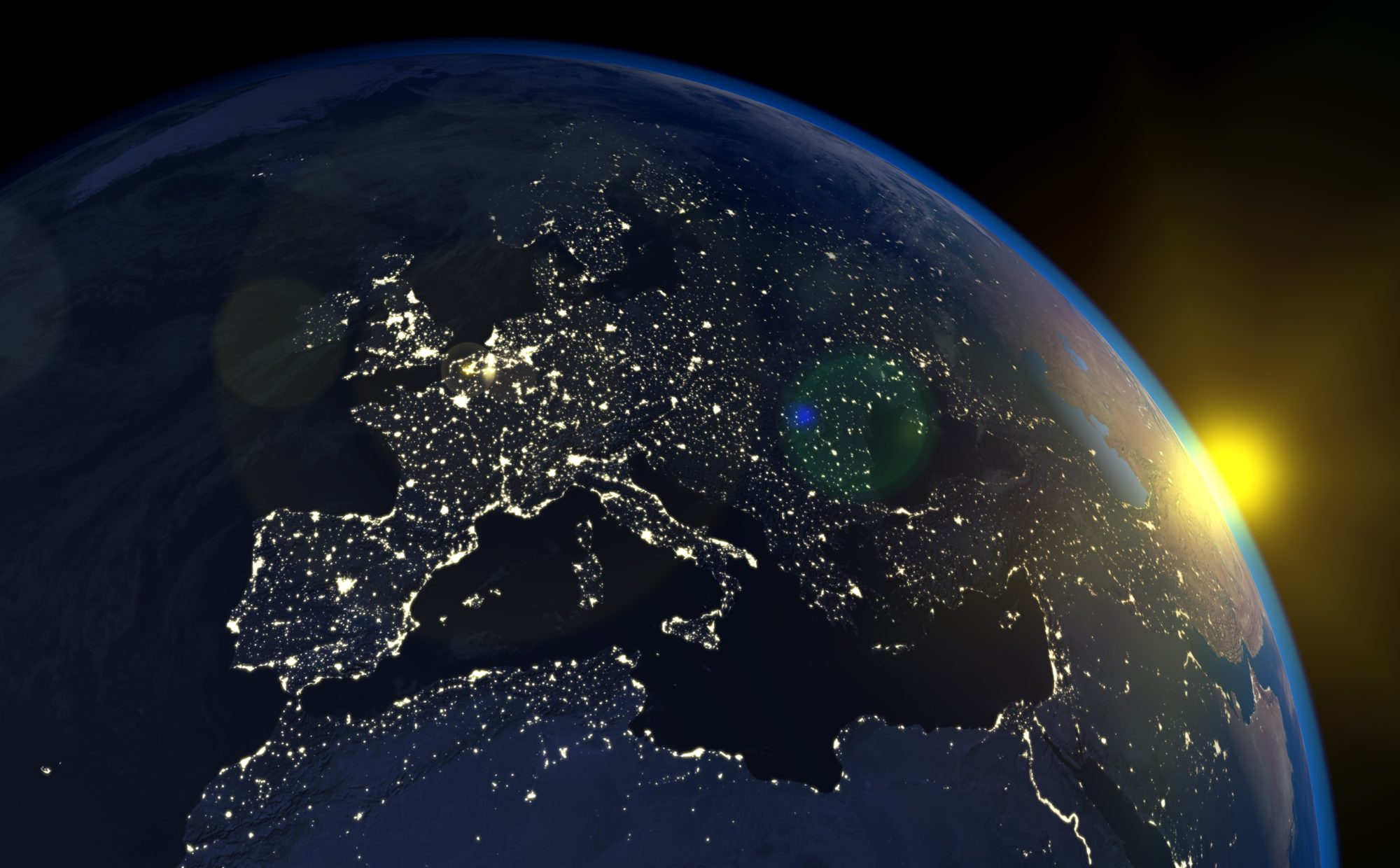2019 started recently and everyone is exited what the new year will bring, thus, I would like to look into the stars with you. In a more scientific way than usual…

My name is Bernadett Stadler and I studied Industrial Mathematics at the Johannes Kepler University in Linz. Since May last year I am part of the ROMSOC program as a PhD student. I am involved in a cooperation of the university in Linz and the company Microgate in Bolzano. My research addresses the improvement of the image quality of extremely large telescopes. The goal is to enable a sharper view of more distant celestial objects.
Extremely Large Telescope
The European Extremely Large Telescope (ELT) is a revolutionary scientific project for a 39m telescope that will allow to address many exiting unsolved questions about our Universe. Especially, the fundamental question of humanity: Are we alone?

The ELT is currently built by the European Southern Observatory (ESO) in the Atacama Desert in Chile and will be the largest optical/near-infrared telescope in the world. It will extend astrophysical knowledge by enabling studies of planets around other stars, the first galaxies in the Universe, supermassive black holes, and the nature of the Universe’s dark sector. To achieve all these goals, the telescope has to provide a sharp image that is not affected by atmospheric turbulences. That’s where my research topic comes into play.
Adaptive Optics
Adaptive Optics (AO) systems correct optical distortions of the wavefront caused by atmospheric turbulences, e.g., wind or temperature differences. For that purpose, the atmosphere needs to be known sufficiently.
How can this be handled inside the system?
Light from a bright guide star, that can be either a star in the sky or an artificial star generated by a powerful laser beam, is used as a reference. A wavefront sensor indirectly measures the distortions of the wavefront using the light from guide stars. Subsequently, the wavefront is corrected utilizing deformable mirrors to obtain an image with excellent quality.

What is needed is a difficult but mathematically very interesting step. How to reconstruct the turbulence profile in the atmosphere and, subsequently, how to deform the mirror such that it corrects the wavefront. At that point, we need to go a little deeper into my research topic.
Atmospheric Tomography
Atmospheric Tomography is the fundamental problem in many AO systems. Assuming a layered model of the atmosphere, the goal of the atmospheric tomography problem is to reconstruct the turbulent layers from the wavefront sensor measurements. Mathematically, such problems are ill-posed, i.e., the recovery of the solution from noisy measurements is unstable. Moreover, with such a huge telescope as the ELT several new challenges occur. The complex setup of such a system, in particular, the huge amount of data that has to be
processed in real-time, lead to non-trivial conditions on the algorithms. In my daily work, I am dealing with the development and efficient implementation of such algorithms.
I hope that after this brief insight into my research topic you are as excited about the project as I am and equally curious if we can find some aliens with the help of the ELT within the next years.

